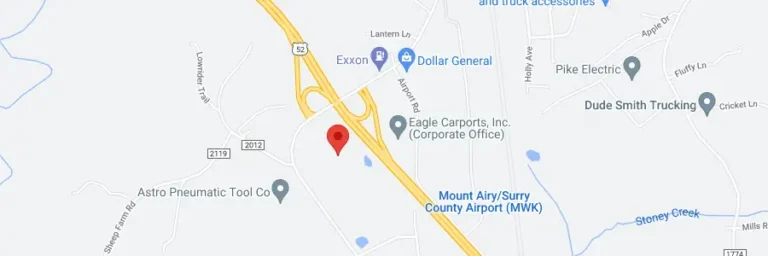It's true that metal buildings will last for years with basically no attention. However, even…
We supply and install quality metal buildings in 21+ states!
Selecting the Best Location for Your Metal Building
Copyright © 2025 Metallum Structures - All rights reserved. | Blog Sitemap | Privacy Policy

